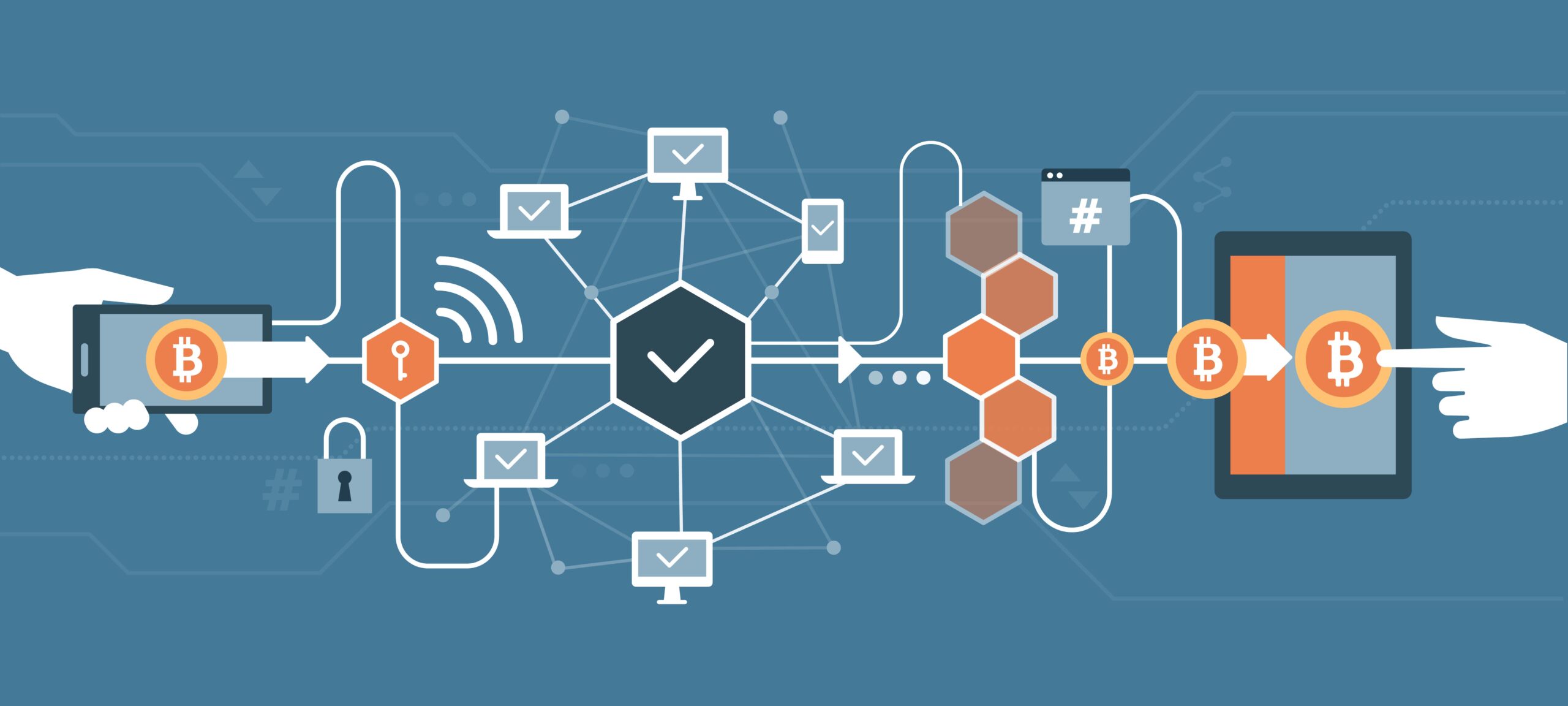Introduction To Blockchain Development

Executive Summary

Blockchain technology has emerged as a revolutionary force in various industries, offering significant benefits such as enhanced security, transparency, and efficiency. This comprehensive guide provides an introduction to blockchain development, exploring its fundamental concepts, key subtopics, and considerations for building blockchain-based applications. By understanding the principles of blockchain technology, developers can harness its potential to create transformative solutions.

Introduction
Blockchain is a distributed ledger technology that enables the secure and immutable recording of transactions. It comprises a network of computers known as nodes that maintain a continuously updated and identical copy of the ledger. Transactions are grouped into blocks and cryptographically linked to form a chain, ensuring the integrity and authenticity of the data.
Key Subtopics in Blockchain Development
1. Consensus Mechanisms
Consensus mechanisms are fundamental protocols that ensure agreement among nodes on the state of the blockchain. Popular consensus mechanisms include:
- Proof of Work: Requires nodes to solve complex mathematical puzzles to validate transactions.
- Proof of Stake: Allows nodes with more stake (i.e., cryptocurrency holdings) to have a higher probability of validating blocks.
- Proof of Elapsed Time: Selects nodes based on the passage of time, ensuring fair and random block validation.
2. Smart Contracts
Smart contracts are self-executing programs deployed on a blockchain. They enable the creation of autonomous agreements that automatically trigger actions based on predefined conditions. Key considerations for smart contract development include:
- Programming Languages: Solidity, Vyper, and Rust are commonly used languages for writing smart contracts.
- Execution Environment: Smart contracts execute within a virtual machine called an Ethereum Virtual Machine (EVM).
- Security: Ensuring the security and reliability of smart contracts is crucial to prevent vulnerabilities and exploits.
3. Decentralized Applications (dApps)
dApps are applications built on blockchain networks that leverage the benefits of decentralization, transparency, and immutability. Important aspects of dApp development include:
- User Interface: Designing user-friendly and intuitive interfaces for interacting with dApps.
- Backend Architecture: Implementing a robust and efficient backend infrastructure to handle data storage and processing.
- Blockchain Integration: Integrating the dApp with a specific blockchain network to utilize its functionalities and security.
4. Scalability
As blockchain networks experience increased adoption and transaction volume, scalability becomes a crucial concern. Techniques to enhance scalability include:
- Layer 2 Solutions: Implementing off-chain solutions like Lightning Network for faster and cheaper transactions.
- Sharding: Dividing the blockchain into smaller partitions to increase processing capacity.
- Consensus Optimizations: Developing more efficient consensus mechanisms that reduce the computational overhead.
5. Security
Security is paramount in blockchain development due to the immutability of data and the potential for vulnerabilities. Key security considerations include:
- Cryptography: Utilizing cryptographic algorithms to ensure data confidentiality, integrity, and authentication.
- Network Security: Implementing measures to protect the blockchain network from malicious actors and attacks.
- Smart Contract Auditing: Thoroughly reviewing and auditing smart contracts to identify and mitigate security risks.
Conclusion
Blockchain development holds immense potential for creating innovative and transformative solutions across industries. By understanding the fundamental concepts, key subtopics, and best practices, developers can harness the power of blockchain technology to build secure, transparent, and efficient applicazioni based on blockchain. As the technology continues to evolve, staying abreast of advancements and exploring new use cases is crucial to unlocking the full potential of blockchain development.
Keyword Phrase Tags
- Blockchain Development
- Consensus Mechanisms
- Smart Contracts
- Decentralized Applications (dApps)
- Scalability in Blockchain

Thank you for this detailed and well-structured guide! As a beginner in blockchain development, this provides a clear roadmap to understanding the fundamentals and building my skills. I appreciate the inclusion of core concepts, technologies, and best practices. Keep up the great work!
While the guide covers some key concepts, it lacks in-depth technical details and practical examples. The explanations could be more comprehensive, especially for complex topics like consensus mechanisms and smart contract development. A bit more elaboration would enhance its value for experienced developers.
Nice guide for beginners! I’m wondering about the latest trends and innovations in blockchain development. Could you provide some insights on emerging technologies or use cases that are shaping the industry?
I’m not convinced by the claim that blockchain is a revolutionary technology. While it has some interesting features, its scalability and security issues need to be addressed before it can be widely adopted. Centralized systems may still be more efficient and practical for many applications.
Oh, look, another blockchain guide! As if we haven’t seen enough of these already. Blockchain is just a buzzword, and most of these guides are just trying to cash in on its popularity. Don’t waste your time with this.
So, you want to become a blockchain developer? Good luck with that! It’s not like there’s a shortage of qualified blockchain developers out there. Oh wait, there is. Maybe you have a chance after all.
Blockchain development? That sounds like a lot of fun! Can I use my crayons to code a blockchain? Or do I need to learn some fancy programming language? Asking for a friend…
This guide provides a solid foundation for understanding blockchain development. However, it would be helpful to include more real-world examples and case studies to illustrate the practical applications of blockchain technology. This would make the guide more relatable and valuable for aspiring developers.
While the guide covers the basics of blockchain development, it fails to address the challenges and limitations of the technology. Blockchain is not a silver bullet, and it’s important to be aware of its drawbacks before investing time and resources into it.
This guide is a must-read for anyone interested in exploring the potential of blockchain technology. The comprehensive coverage of core concepts, technologies, and best practices provides a solid foundation for understanding and implementing blockchain solutions.
Thank you for sharing this guide! I’m particularly interested in the section on smart contract development. Could you recommend any resources or tutorials where I can learn more about this topic?
While this guide provides a good overview of blockchain development, it lacks a critical discussion on the environmental impact of blockchain technology. The energy consumption and carbon footprint of blockchain networks are significant concerns that need to be addressed.
Blockchain development sounds like a blast! I wonder if I can create a blockchain game where players can collect virtual cats and trade them for real money. Meow-tastic!